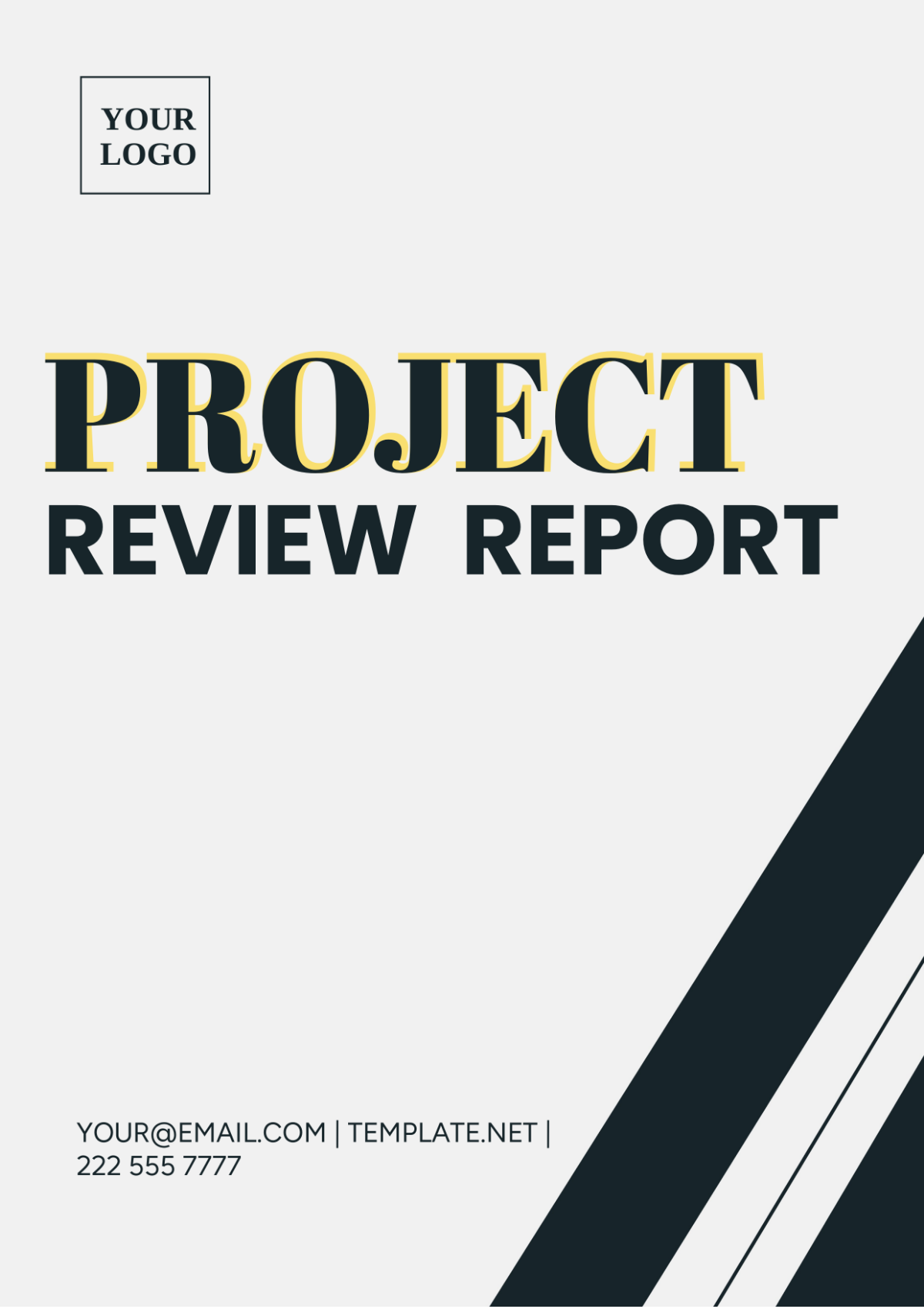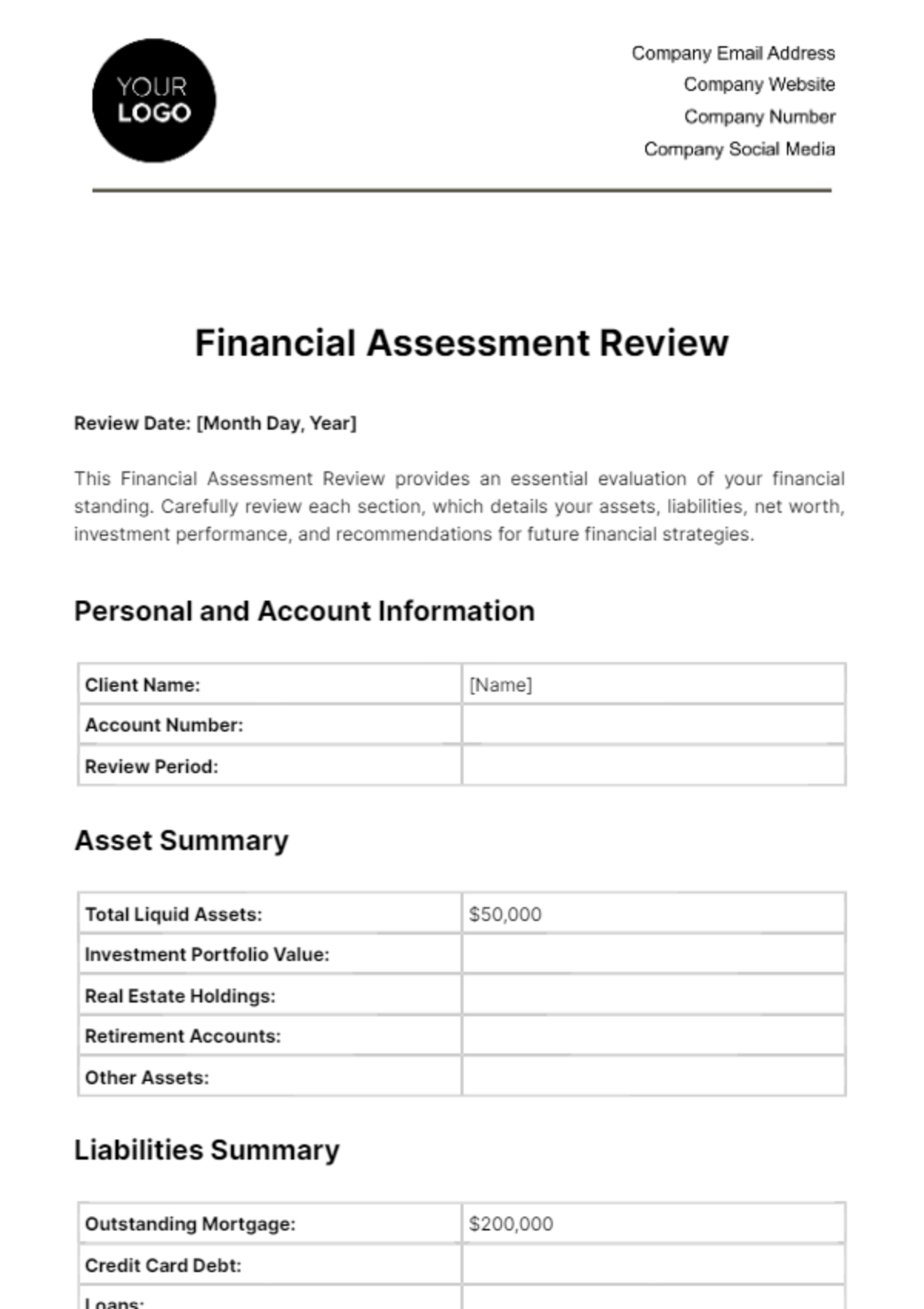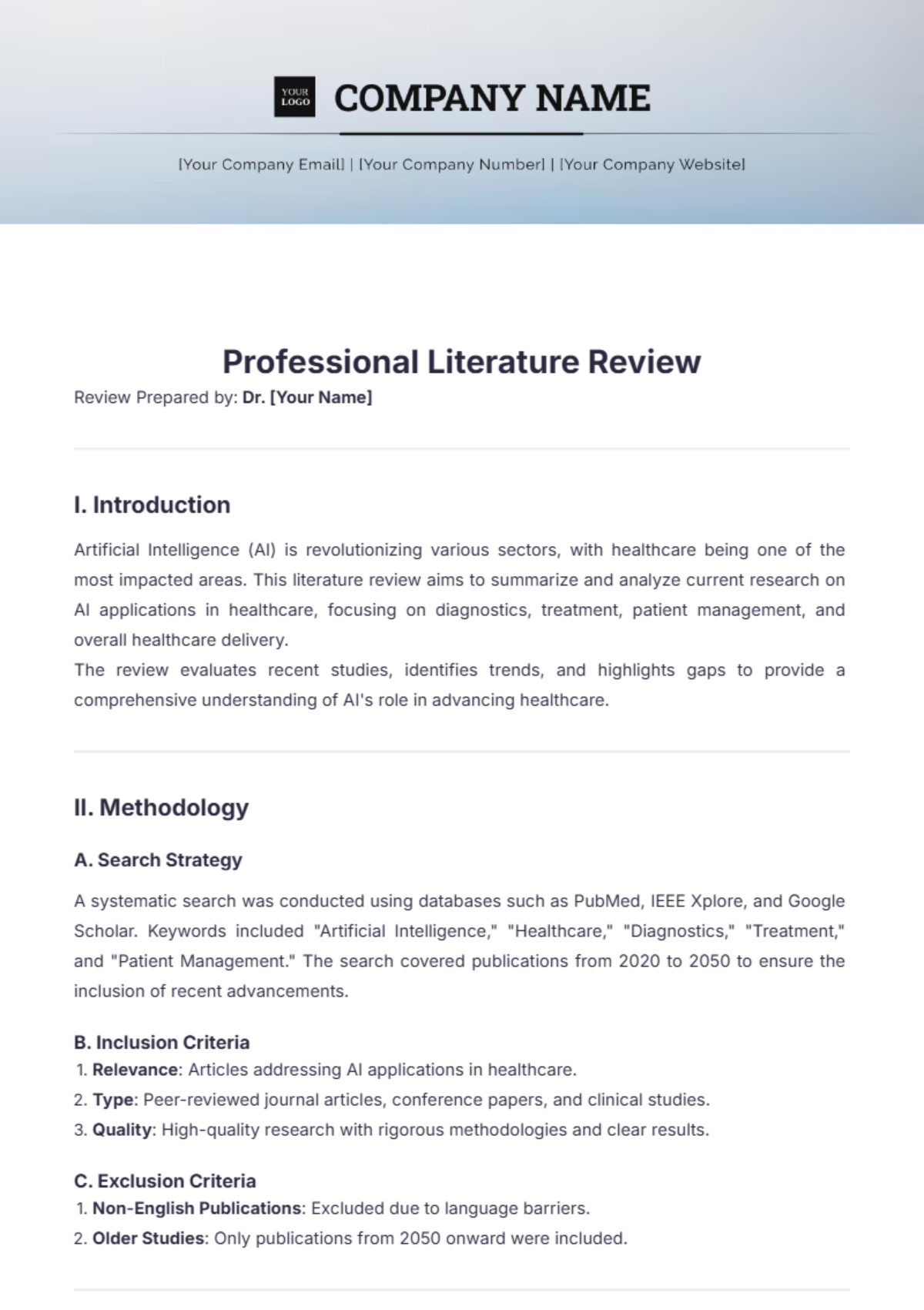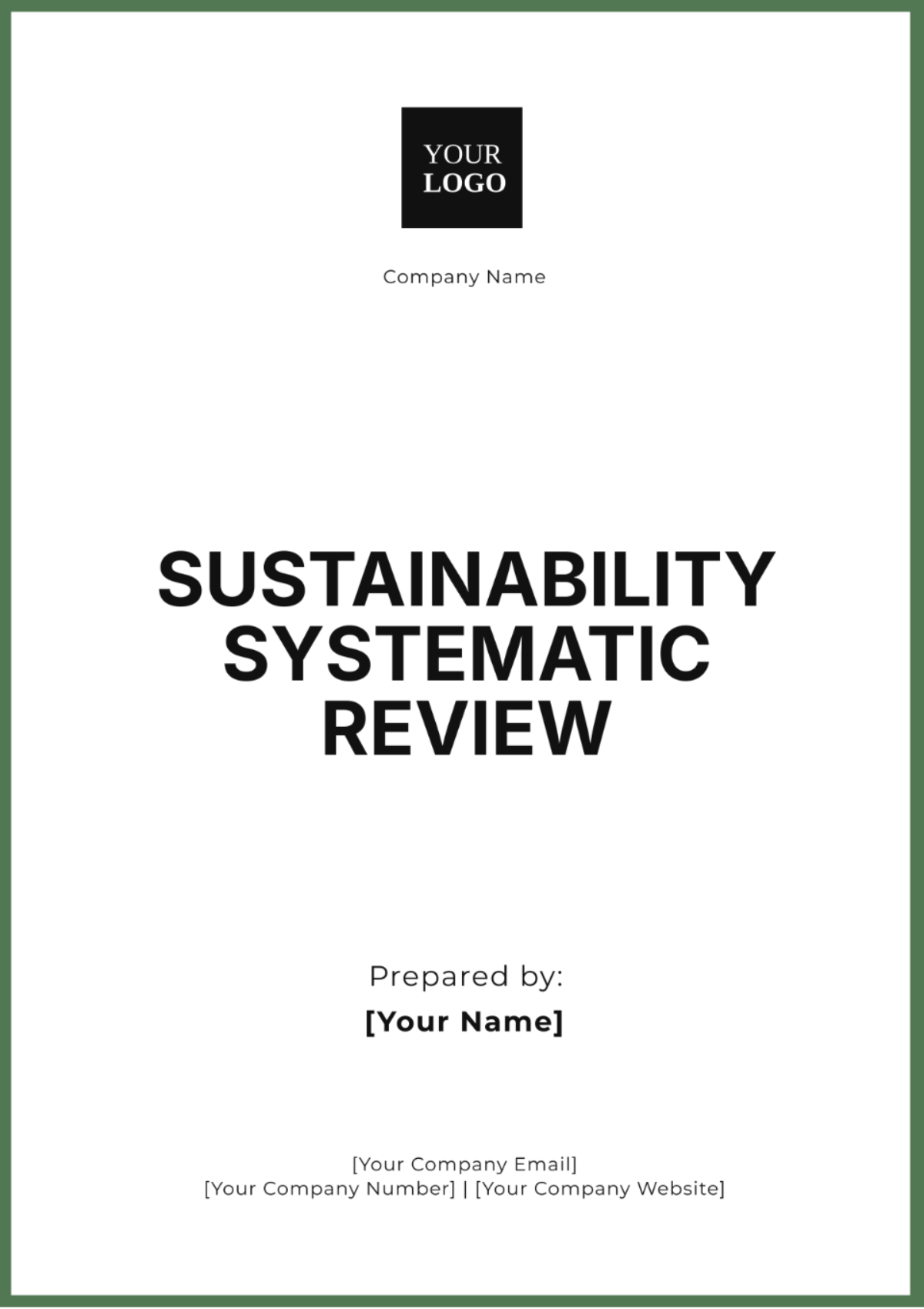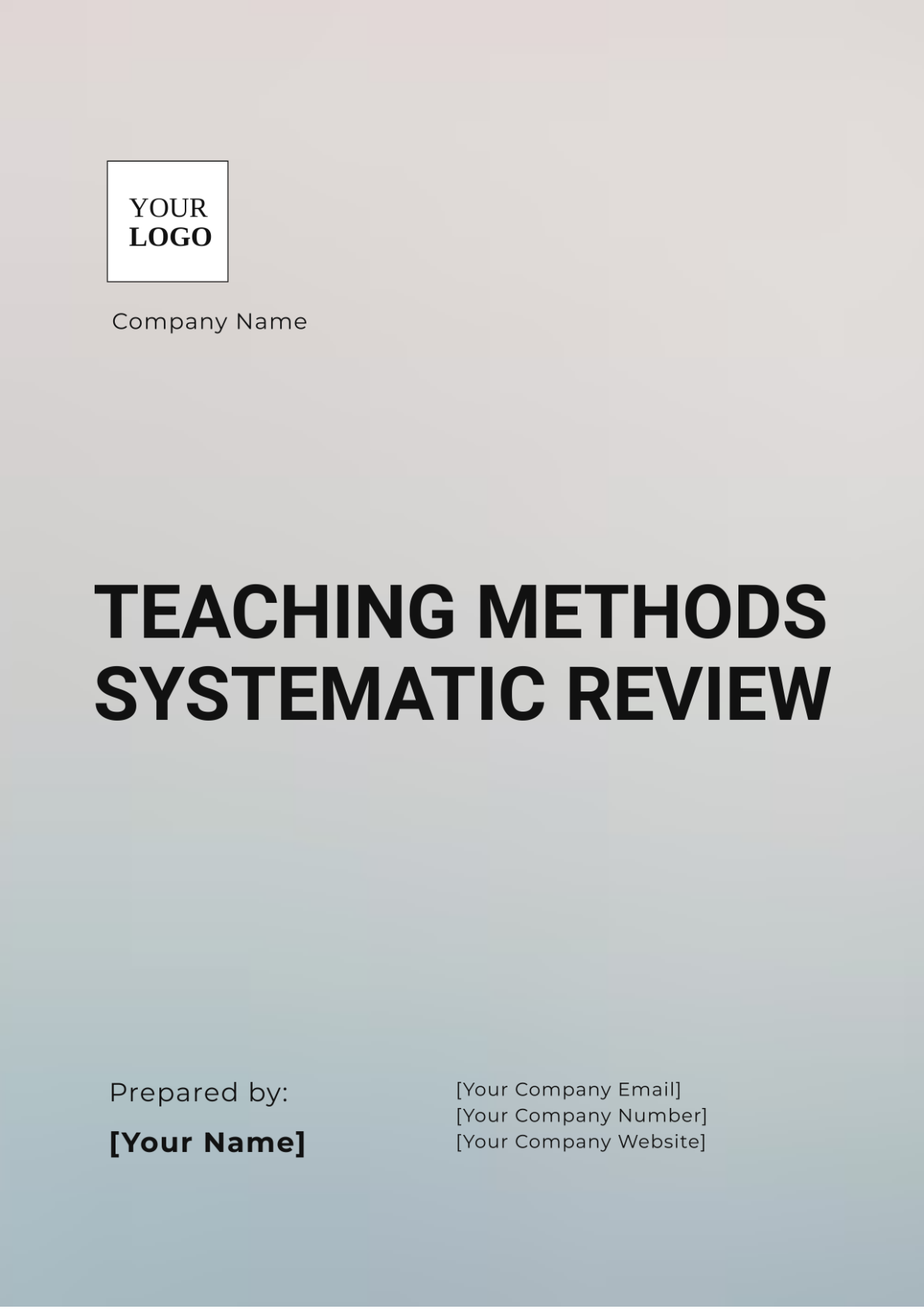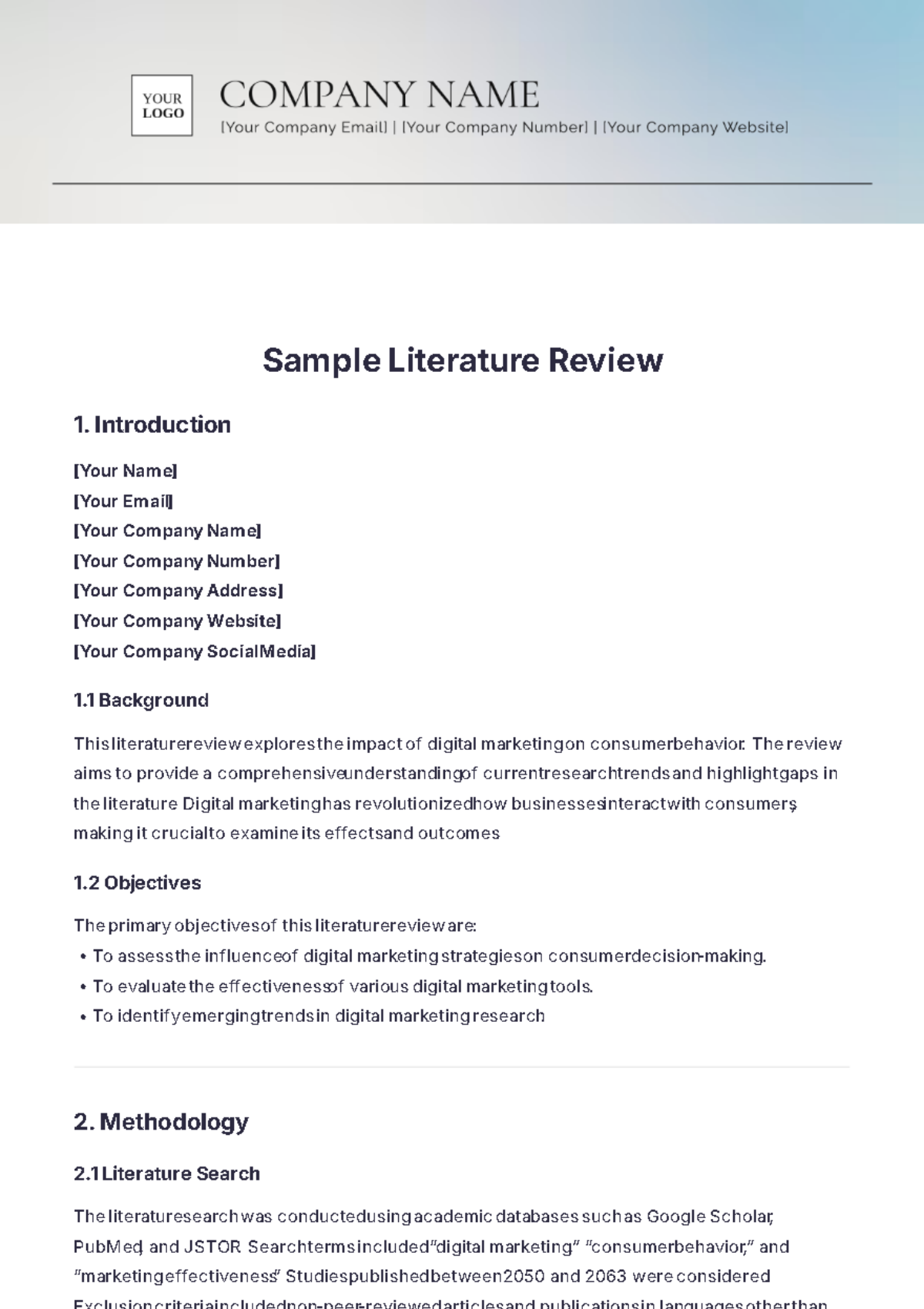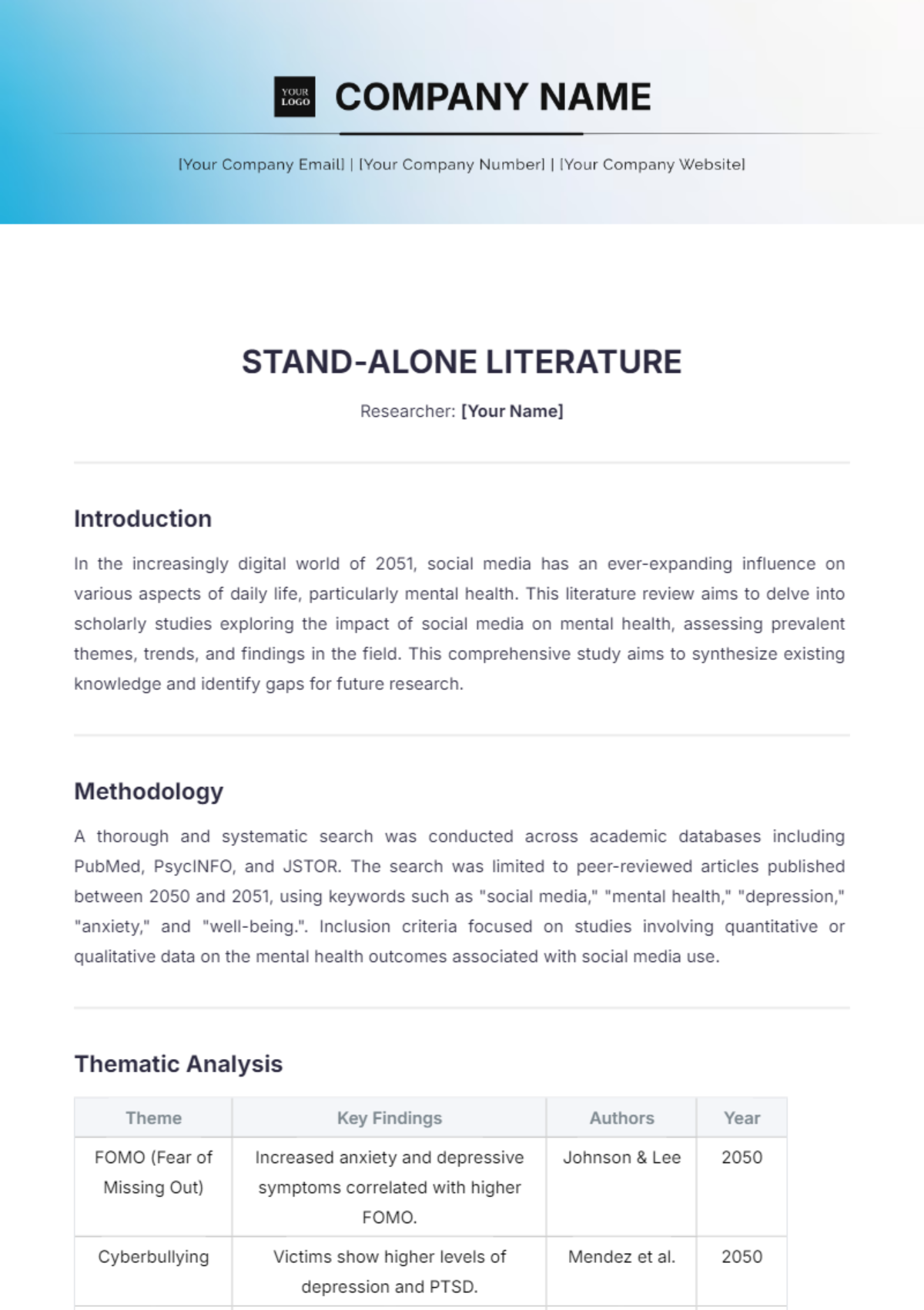RISK MANAGEMENT REVIEW
I. Executive Summary
The Risk Management Review for [Your Company Name] for the year 2052 evaluates the effectiveness of the company's risk management framework. This review identifies key strengths in operational risk controls while highlighting areas for improvement in financial and strategic risk management. Significant findings suggest a robust operational control environment but reveal gaps in financial risk mitigation strategies and strategic risk assessment processes. The recommendations provided aim to enhance overall risk management effectiveness and align it with the company’s strategic objectives.
II. Scope and Objectives
A. Scope
This review encompasses risk management practices across [Your Company Name]’s core departments, including production, finance, and strategic planning. It examines the risk management framework's coverage of operational, financial, and strategic risks, ensuring that all critical areas are addressed.
B. Objectives
The review’s objectives are to:
Evaluate Effectiveness: Assess how well current risk management practices identify and mitigate risks.
Identify Gaps: Locate any deficiencies or areas lacking sufficient controls.
Enhance Strategies: Provide actionable recommendations to strengthen risk management processes and align them with organizational goals.
III. Methodology
A. Approach
The review utilized a mixed-methods approach, including:
Document Analysis: Examination of risk management policies, procedures, and historical risk reports.
Interviews: Conducted with risk managers, department heads, and senior executives to gather insights on risk management practices.
Site Visits: Observations of risk management activities and controls in different departments.
B. Data Collection
Data collection involved:
Surveys: Distributed to key stakeholders to assess their perception of risk management effectiveness.
Data Review: Analysis of internal audit reports, incident logs, and risk management performance metrics.
Workshops: Interactive sessions with risk management teams to understand current practices and challenges.
IV. Risk Identification
A. Identified Risks
Key risks identified include:
Operational Risks: Supply chain disruptions due to vendor reliability issues and potential machinery breakdowns impacting production efficiency.
Financial Risks: Exposure to significant currency fluctuations affecting international revenue streams and potential credit risks associated with major clients.
Strategic Risks: Risks arising from technological advancements and competitive pressures impacting the company's market position and long-term strategic goals.
B. Risk Sources
Risk sources identified include:
External Factors: Economic downturns, changes in international trade policies, and market volatility.
Internal Factors: Process inefficiencies, outdated technology, and limited contingency planning.
Regulatory Changes: New regulations affecting environmental compliance and safety standards.
V. Risk Assessment
A. Risk Evaluation
Risks were evaluated based on:
Likelihood: The probability of each risk event occurring, assessed through historical data and expert judgment.
Impact: The potential consequences on the company’s financial health, operational performance, and strategic objectives.
Risk Rating: Risks were classified into high, medium, and low categories to prioritize mitigation efforts.
B. Risk Prioritization
Prioritized risks include:
High Priority: Critical operational disruptions and significant financial exposures require immediate attention.
Medium Priority: Strategic risks related to market competitiveness and technology advancements.
Low Priority: Minor operational inefficiencies and isolated incidents with limited impact.
VI. Control Assessment
A. Existing Controls
Current controls in place include:
Operational Controls: Comprehensive procedures for vendor management, maintenance schedules, and contingency plans to address production disruptions.
Financial Controls: Currency hedging strategies, credit risk assessment tools, and financial forecasting models.
Strategic Controls: Regular strategic reviews, market trend analyses, and competitive benchmarking.
B. Control Effectiveness
Assessment findings:
Strengths: Effective operational controls with a high degree of adherence and monitoring. Successful implementation of financial controls with measurable impact.
Weaknesses: Some financial controls lack adaptability to volatile markets, and strategic risk assessments need to be more dynamic.
Opportunities for Improvement: Enhanced integration of financial risk management with broader corporate strategies and improved agility in strategic risk assessments.
VII. Findings and Analysis
A. Summary of Findings
The review revealed:
Operational Controls: Generally strong, with effective risk mitigation practices in place.
Financial Controls: Adequate but require enhancements to address currency volatility and credit risk more effectively.
Strategic Risk Management: Needs improvement to adapt to rapid market changes and technological developments.
B. Analysis
The analysis indicates that while operational controls are well-implemented, financial and strategic risk management practices need significant upgrades. Financial risk management should focus on developing more robust hedging strategies and adapting to market conditions. Strategic risk management should be more agile, incorporating continuous monitoring and adjustment processes to respond to evolving market dynamics.
VIII. Recommendations
A. Risk Mitigation Strategies
Recommendations include:
Enhance Financial Controls: Develop advanced financial hedging techniques and diversify credit risk management strategies to better handle economic uncertainties.
Improve Strategic Risk Assessment: Implement a more flexible and responsive approach to strategic risk assessment, incorporating real-time market data and trend analyses.
Strengthen Communication: Foster better communication channels between risk management teams and senior management to ensure timely and effective risk response.
B. Implementation Plan
An implementation plan should:
Assign Responsibilities: Designate specific teams or individuals responsible for implementing each recommendation.
Set Timelines: Establish clear deadlines for each action item, with milestones for progress evaluation.
Monitor and Adjust: Regularly review progress and adjust strategies as needed to address any emerging risks or challenges effectively.
For further inquiries or detailed information, please contact [Your Name] at [Your Email].

